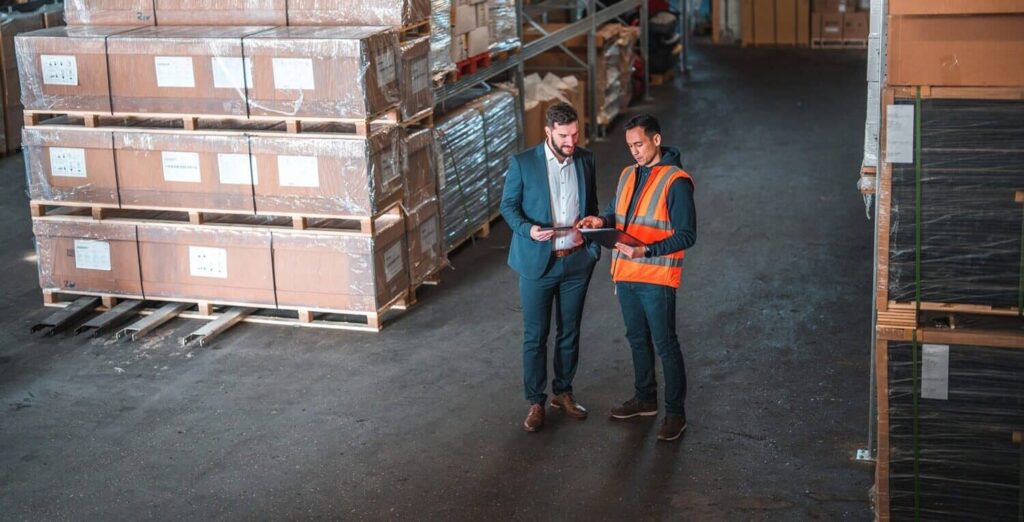As manufacturing CEOs grapple with today’s demands, such as reducing waste, circular economy initiatives present an attractive option for leaders to meet their sustainability and financial goals. Several companies, such as Apple, H&M and Patagonia, have demonstrated how sustainable supply chain practices not only reduce waste but also drive fiscal performance and corporate responsibility.
Apple’s recent update to its Self-Service Repair programme grants iPhone users access to genuine used parts. This initiative not only offers owners more repair options and increases device longevity but also reduces Apple’s environmental impact. Meanwhile, Patagonia addresses the textile waste crisis (less than 1% of clothing material is recycled into new clothing!) by ensuring over 80 per cent of their polyester fabrics are recycled. As for H&M, they reward their eco-conscious customers with vouchers when they participate in their Garment Collecting programme, turning their old clothes into new sustainable fabrics. These initiatives underscore that businesses can remain profitable but still work towards reducing their environmental footprint.
What is a circular economy?
The United Nations defines the circular economy as the shift from traditional “take, make, dispose” practices to promoting a paradigm that embraces “long-lasting design, maintenance, repair, reuse, remanufacturing, refurbishing, and recycling” over utilising new materials.
Given that manufacturers produce a significant amount of global waste, with industrial waste as the most hazardous, addressing the sector’s waste management is critical. According to Zion Market Research, manufacturing accounts for roughly 50 per cent of the world’s generated waste.
Waste not, want not: how to promote a circular economy with proven sustainable practices
Could embracing a circular economy be the key to solving manufacturers’ waste problems, presenting a profitable and sustainable approach that benefits both the environment and the bottom line
According to the experts, yes, it can. The World Economic Forum asserts that the circular economy model can activate widespread change for manufacturers and help manufacturers cut waste to meet the United Nations’ Sustainable Development Goals successfully. Here is how:

Frequently Asked Questions About Circular Economy in Manufacturing
What Are the 5 Practices of Waste Management?
The 5 practices of waste management are Reduce, Reuse, Recycle, Recover, and Dispose. These methods help manage waste effectively while supporting sustainability and circular economy goals.
What is the Circular Economy in Manufacturing?
The circular economy in manufacturing is a system that focuses on minimising waste and maximising resource reuse. It keeps materials in use for as long as possible through recycling, refurbishing, and circular design.
How Does the Circular Economy Help Reduce Manufacturing Waste?
The circular economy reduces manufacturing waste by promoting resource efficiency, encouraging the reuse of materials, designing for longevity, and recovering value from waste streams.
What Are Examples of Circular Economy Practices in Industry?
Examples include using recycled raw materials, implementing product take-back programs, refurbishing used equipment, and turning production waste into new inputs for other processes.
How Can Manufacturers Recover Value From Waste?
Manufacturers can recover value from waste by recycling materials, reselling byproducts, generating energy from waste, and developing new revenue streams through circular business models.
Why is Waste Reduction Important for Manufacturing Profitability?
Waste reduction lowers raw material costs, reduces disposal expenses, improves process efficiency, and supports sustainable manufacturing, all of which increase profit margins and long-term competitiveness.
What is the Difference Between the Circular Economy and Traditional Waste Management?
Traditional waste management focuses on disposal after use, while the circular economy emphasises preventing waste, reusing resources, and designing products for a longer lifecycle and reuse.
How Can Circular Design Improve Product Lifecycle Management?
Circular design improves product lifecycle management by creating products that are easy to repair, upgrade, or recycle, reducing waste and extending the useful life of materials and components.
What Industries Benefit Most From Circular Economy Models?
Industries that benefit most include electronics, automotive, textiles, FMCG, and packaging, where material reuse, remanufacturing, and waste reduction can significantly lower costs and environmental impact.
How Does the Circular Economy Contribute to ESG and Sustainability Goals?
The circular economy contributes to ESG and sustainability goals by reducing environmental impact (E), creating social value through green jobs (S), and enhancing governance transparency around resource use (G).



